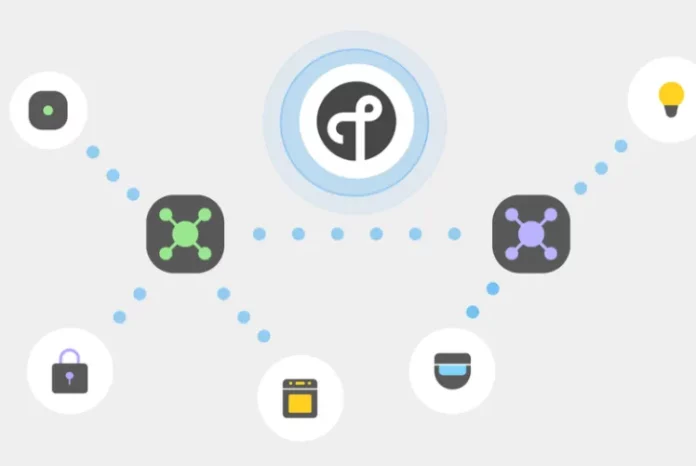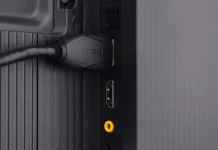Samsung’s SmartThings platform is closing a key gap in smart home interoperability by rolling out support for two-way Thread network unification — essentially Thread credentials sharing. This feature lets Samsung Thread border routers join existing Thread networks from other manufacturers instead of forcing a separate network setup.
With this upgrade, adding a Samsung border router to your home means it can integrate seamlessly with Thread networks created by devices from other ecosystems. The capability is part of the Thread 1.4 specification, released last year, and will initially be available on select SmartThings hubs, including the Aeotec Smart Home Hub and Aeotec Smart Home Hub 2. More hubs will follow.
How It Works
SmartThings is introducing a new “Manage Thread Network” menu in its app’s Hub interface. This allows users to:
- Connect a compatible SmartThings hub to an existing Thread network via QR code, one-time passcode (OTP), or the
mobile OS’s secure credential locker. - Add a third-party border router into a SmartThings Thread network using QR code or OTP.
A Thread border router acts as a gateway, enabling low-power smart home devices — such as smart locks, lights, and sensors — to communicate across networks and connect to the internet. Since Thread powers the Matter smart home standard, border routers are essential pieces of infrastructure. They can be embedded in products like streaming boxes, smart speakers, and Wi-Fi routers, meaning smart homes often accumulate multiple units without trying.
The benefit of having several Thread border routers is enhanced coverage and network reliability. Thread’s mesh infrastructure is self-healing — if one router fails, another seamlessly takes over, keeping devices online.
The Interoperability Problem
When Matter launched in 2022, it lacked a universal method for connecting Thread border routers from different manufacturers. An Apple TV’s Thread network couldn’t talk to an Eero router’s Thread setup, creating isolated islands of devices.
Manufacturers — including Apple, Amazon, Google, and Samsung — promised to fix this, but early solutions were limited to ecosystem-specific implementations. Apple used iCloud Keychain; Google leveraged Google Play Services. These approaches worked within their own platforms but failed to bridge the wider gap.
Recognizing the need for a standard, the Thread Group, which oversees the protocol, released version 1.4 last year. It mandated credentials sharing — a uniform way for border routers and Thread devices to join existing networks regardless of brand.
Where We Stand Today
- Samsung SmartThings: Now live with Thread 1.4 credentials sharing.
- Apple: Support in iOS 26 for Apple TV and HomePod border routers, though no user interface yet and unclear if
the feature is active. - Google: Nest Hubs, Google TV streamers, and Nest Wifi can connect through Google’s OS-based sharing but don’t
yet fully support the Thread 1.4 standard.
Amazon: Echo devices with Thread currently run on Thread 1.3 and only connect to Amazon/Eero networks. Support for Thread 1.4 and credentials sharing is planned for next year. Eero has partial 1.4 support but no network-merging capability yet.
The Bigger Picture
Three years after Matter’s debut, the industry is inching toward truly unified Thread networks. With SmartThings and Apple adopting Thread 1.4, interoperability is finally gaining traction — but without Amazon and Google fully on board, complete cross-brand harmony is still a work in progress.
We’re not all the way there yet, but thanks to recent moves, we can see the finish line.





